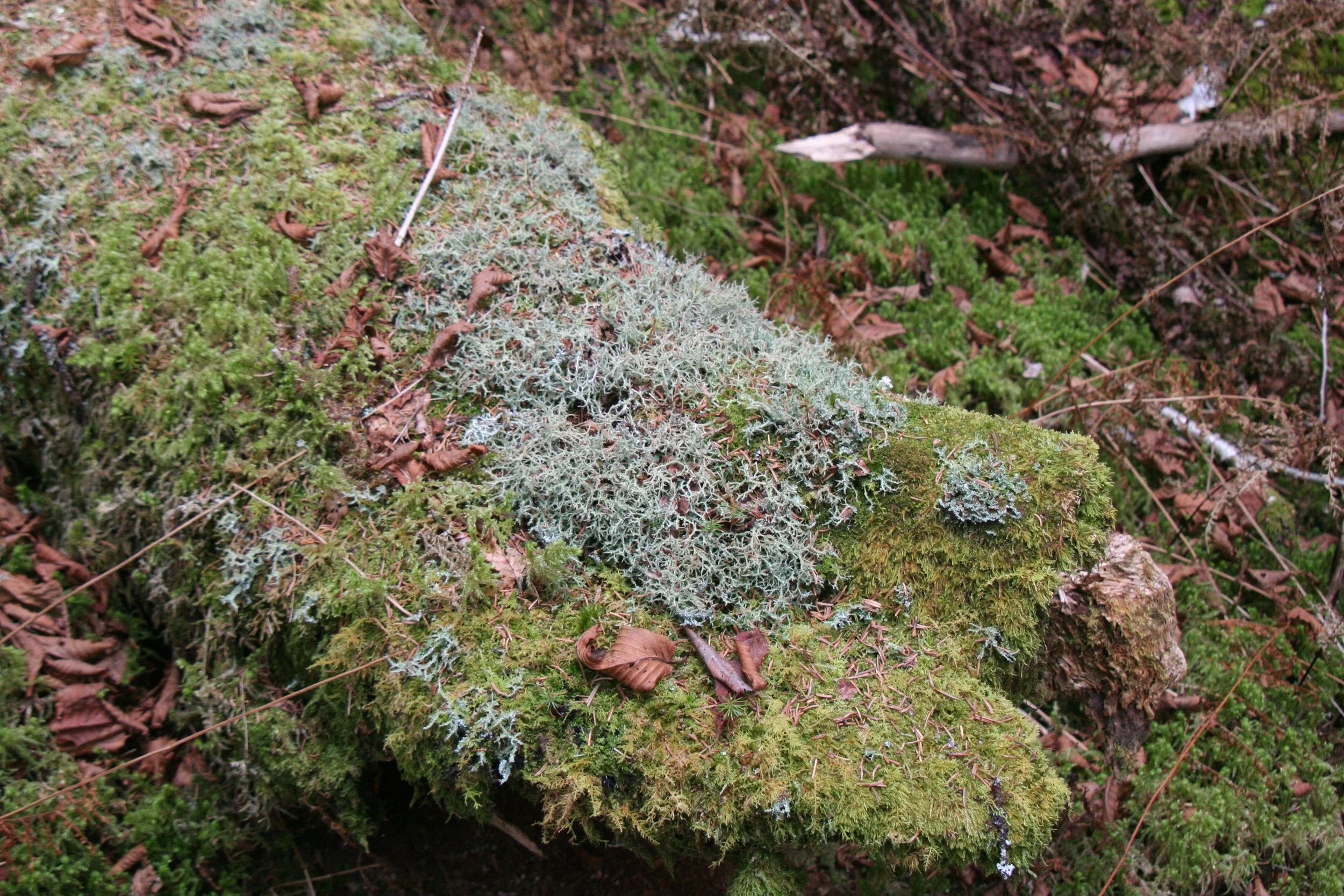Tracing the line of interdependence from lichens, to trees that host them, to the squirrels that planted them, and beyond, the entire ecosystem sprawls out through the window of just one tiny, slimy superorganism that clings to the harshest and most unforgiving environments.
Blue Ridge Discovery Center’s Fall Mushroom Walk
Morel Mushroom
At this time of year, eager and intrepid mushroom hunters go in search of the highly sought morel. Understood by many to be one of the finest delicacies of the fungi world, hunters are loath to reveal their hot spots. The harvest window is sudden and short, meaning one has to be in the right place at the right time. Before I go any further, I am not an expert by any stretch, so do pay attention to the sources listed at the end of this feature.
Mushroom Walk at River Ridge Farm
Last Saturday's mushroom walk at River Ridge Farm was a great success! The weather was just perfect we had at least 16 participants. There was a lot of interest and excitement and the fungi were out in force. With the time we had; it was not possible to prepare a comprehensive species list. However, just in a quick run through I was able to ID 56 species from the walk. Not bad for a morning stroll through the forest!
Shaggy Manes, Autumn Olives, and Hickories
Amidst a weekend of meetings some BRDC crew managed to get outside and do some exploring. Here's a description of discoveries offered by Scott, with some photographs snapped on an I-phone (?) by Eva Baird:
"A little after noon, on the 17th of October, Devin and Aaron Floyd, Eva Baird, and Scott Jackson-Ricketts met in Mouth of Wilson to plan a walk. Resulting from a conversation between the brothers Floyd [and Eva B.] of the previous night, we decided to 'test' the idea of harvesting as a theme for outdoor experience. The details of this were discussed throughout the afternoon, including a harvest calendar based upon accumulated information through time.
A large sprouting of shaggy mane mushrooms was spotted along the highway between MOW and Grant, to which the adventurous four headed. After seeking permission to pluck some 'shrooms' from the property owner, we went at it.
From there we headed to the Floyd house to further harvest Autumn Olives, noted in abundance earlier in the week. Leaving the 'shrooms in the kitchen, we headed out with baskets and high expectations of creating fruit leather from
these sweet berries, but found to our disappointment, that a black bear had beat us to them. This theory was verified by scat and broken branches with abundantly attendant claw marks. We also determined, for the elevation, that we were a tad late.
Setting aside this disappointment, we headed up the hill to attempt
identifying the hickories now in golden leaf. All of us had recently
been studying the new Sibley's 'Guide to The Trees', and wished to
measure its worth. Studying bark configurations, leaf size, leaflet
numbers, and what nuts we could recover from under the trees, we went
back to the house for further identification exercises as well as preparing and frying shaggy manes. The possibilities of hickory species were mockernut, pignut, shellbark, and shagbark. It is noteworthy that some of these species hybridize.
Our first attempt at preparing the mane did not go well, too many bits in the pan, too soggy. Separating the bits, adding more butter, frying them to nearly crisp, and adding a bit of lemon, created a more palatable cuisine. Someone mentioned Julia Child's strong recommendation to not let mushrooms touch one another when cooking this way. More conversation about the value of a harvest orientation to discovery in the outdoors was had, including the idea of creating an entire focus that could even lead to a club-like approach, garnering interest through a unique aspect that could become a significant part of BRDC. "
-SJR
Piedmont Morels
Norah and Eva
OK. This is a heads up to those of you in the mountains. We found a mess of morels two days ago, April 24th. To see correlations between different elevations and latitudes I offer the following observations. Let me know if and when you Blue Ridge folk find morels.
- Slope/aspect: 1%-2% west facing
- Elevation: 580 feet, 20-30 feet from a small stream
- Latitude/ Longitude:
- Latitude: 37.85868
- Longitude: -78.63983
- Forest mix: canopy of large yellow poplars and white oaks, understory of dogwood and hazel alder, herbaceous ground cover of christmas ferns and honeysuckle vine.
We found these two days after a heavy rain and they were just beginning to dry up a bit. They were heavily infested by wood fleas...something that a quick soaking in salty water fixes.
It is only 85 miles from this latitude south to a latitude that is in central Grayson County. the elevation change is roughly 1500-2000 feet . I am curious about the relative time-lag between the morel show at differing elevations.
Some generalizations floating out there are that, if one remains at the same elevation, same slope and aspect, heading 230 miles north is the ecological equivelent of climbing 1000feet. There is also a 3.4 degee f reduction associated with this move. So wether you climb upslope 1000 feet, or head north 230 miles, one should see, on average, a reduction of 3.4 degrees.
Ooh, lightening strike...I should probably turn off the computer.




























